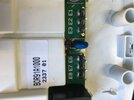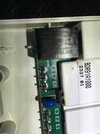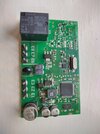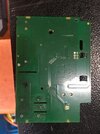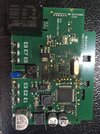D
Deleted member 267285
Aye, might try that tomorrow. We have recently ordered in the region of 50 of these give or take a few, so I do hope not a bad batch! Albeit, some are used as direct link up to intergas (so no receiver).It may be worth metering the resistance between N and the other terminals - hopefully you haven't got a batch of these that have some sort of defect, or you may be getting a few more call-outs...


